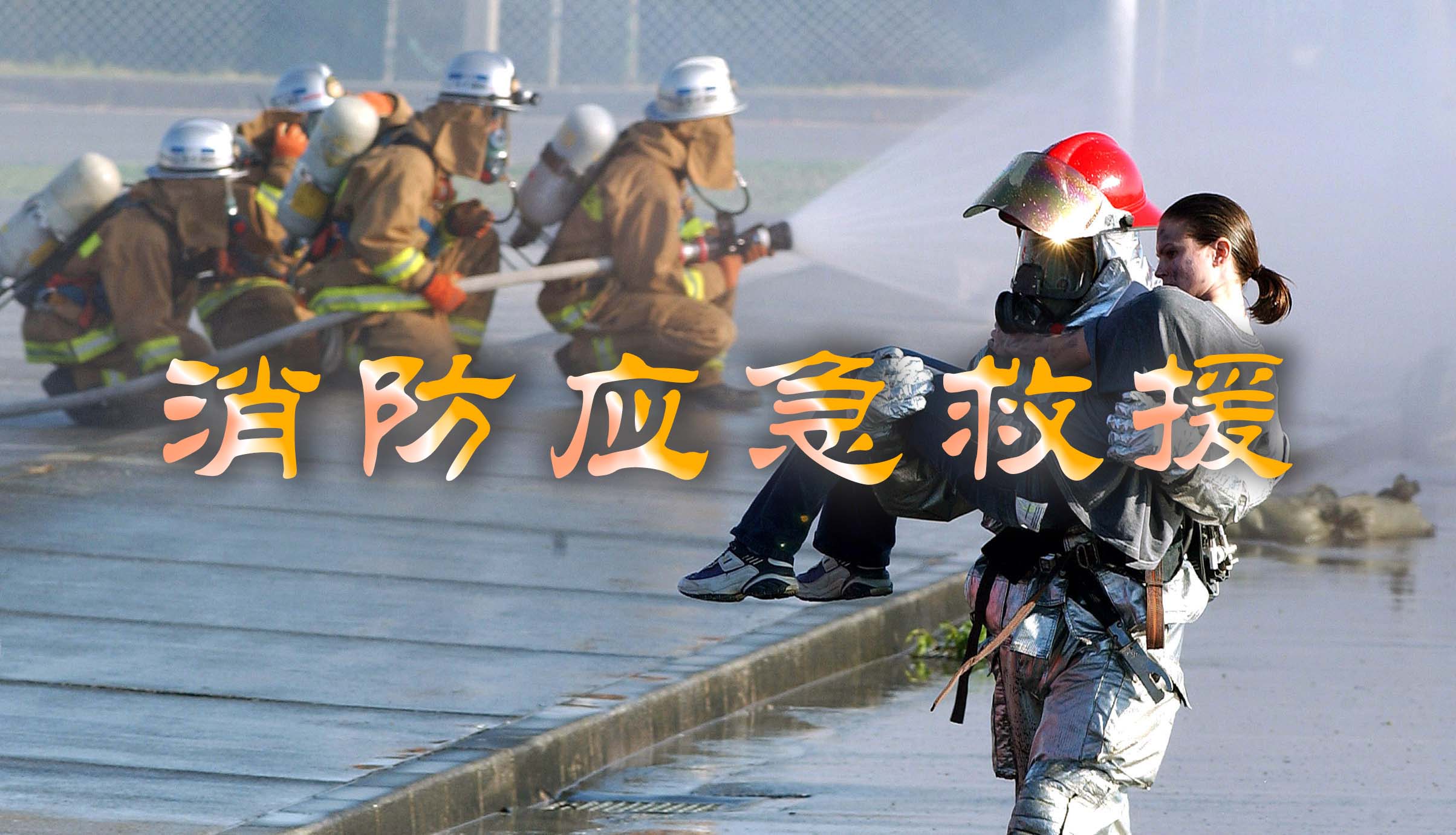
Analytical Chemistry for Engineering课程:前往报名学习
In life, we care about: Are drinking water and food contaminated by the harmful substances? In industrial production, we are concerned: Are the produced products the ones we expect? In scientific research, we are concerned: Are the new materials we obtained and new methods we used as expected? Analytical Chemistry for Engineering will provide you with the key to the answers! The more attractive is that the course provides the simplified and integrated application-oriented principle and modularized content,
开设学校:西安建筑科技大学;学科:理学、
In life, we care about: Are drinking water and food contaminated by the harmful substances? In industrial production, we are concerned: Are the produced products the ones we expect? In scientific research, we are concerned: Are the new materials we obtained and new methods we used as expected? Analytical Chemistry for Engineering will provide you with the key to the answers! The more attractive is that the course provides the simplified and integrated application-oriented principle and modularized content,
-1.1 Error Analysis
--1.1-1 Generation and reduction of errors
--1.1-2 Characterizing experimental errors
--Exercises for 1.1
-1.2 Statistical Processing of Data
--1.2-1 Identify random error and gross error
--1.2-2 Identification of systematic errors
--Exercises for 1.2
-1.3 Significant Figures and Measurement Error
--1.3 Significant figures and measurement error
--Exercises for 1.3
-Quiz for Section 1
-The discussion topic for Section 1
-2.1 Overview of Titration Analysis
--2.1-1 Overview of titration analysis
--Exercises for 2.1
-2.2 Chemical Equilibrium
--2.2-1 Acid-base equilibrium——1 Distribution fractions for weak acid/base
--2.2-1 Acid-base equilibrium——2 pH calculations of aqueous solutions
--2.2-2 Complexation equilibrium
--2.2-3 Oxidation-reduction equilibrium
--2.2-4 Precipitation-dissolution equilibrium
--Exercises for 2.2
-2.3 Titration Curve
--2.3-1 Acid-base titration curve
--2.3-2 Complexation titration curve
--2.3-3 Redox and precipitation titration curve
--Exercises for 2.3
-2.4 Indicators for Titration Analysis
--2.4-2 Metallochromic indicator
--2.4-3 Indicators for redox and precipitation titration
--Exercises for 2.4
-2.5 Application of Titration Analysis
--2.5-1 Application of acid-base titration
--2.5-2 Application of complexation titration
--2.5-3 Application of redox titration
--Exercises for 2.5
-Quiz for Section 2
-The discussion topic for Section 2
-3.1 Potentiometric Analysis
--3.1-1 Potentiometric Analysis—Direct potentiometry
--3.1-2 Potentiometric Analysis—Potentiometric titration
--Exercises for 3.1
-3.2 Voltammetry
--3.2-1 Voltammetry—Classical Polarography
--3.2-2 Voltammetry—Single sweep polarography and cyclic voltammetry
--Exercises for 3.2
-Quiz for Section 3
-The discussion topic for Section 3
-4.1 Overview of Spectroscopic Methods
--4.1. Overview of Spectroscopic Methods
--Exercises for 4.1
-4.2 Absorption Spectroscopy
--4.2-1. Absorption spectroscopy—Quantitative analysis—1. Lambert-Beer's law
--4.2-2. Absorption spectroscopy—Methods—1. UV-Vis spectrophotometry
--4.2-2. Absorption spectroscopy—Methods—2. IR spectroscopy
--4.2-2. Absorption spectroscopy—Methods—3. Atomic absorption spectroscopy
--4.2-3. Absorption spectroscopy—Instruments
--Exercises for 4.2
-4.3 Emission Spectroscopy
--4.3-1. Emission spectroscopy—Molecular fluorescence and atomic emission
--4.3-2. Emission spectroscopy—Emission spectroscopy instruments and quantitative analysis
--Exercises for 4.3
-Quiz for Section 4
-The discussion topic for Section 4
-A published paper that used many spectroscopy methods
-5.1 Process of Chromatographic Analysis
--5.1 Process of Chromatographic Analysis
--Exercises for 5.1
-5.2 Qualitative and Quantitative Analysis of Chromatography
--5.2 Qualitative and Quantitative Analysis of Chromatography
--Exercises for 5.2
-5.3 Gas Chromatography
--Exercises for 5.3
-5.4 Liquid Chromatography Analysis
--5.4 Liquid chromatography analysis
--Exercises for 5.4
-Quiz for Section 5
-The discussion topic for Section 5
-Final exam
周元臻,男,教授。本科毕业于西北大学化学系,2007年获得西北大学分析化学专业理学博士学位。主讲《分析化学》、《大学化学》等本科生及《应用电化学》等研究生课程。建设省级精品课程1门,主持及参与省级、校级教改项目多项。获国家级教学成果二等奖1项(参与)。多次被评为校优秀主讲教师、优秀研究生指导教师及优秀本科毕业论文指导教师,获2019年度宝钢优秀教师奖。
女,副教授,博士,硕士生导师。2001年毕业于西北大学化学系,获分析化学硕士学位;2010年在西安建筑科技大学环境工程学院获博士学位。2001年至今先后在西安建筑科技大学理学院、化学化工学院工作,担任《分析化学》、《仪器分析》、《大学化学》、《无机化学》和研究生课程《表面与胶体化学》的主讲教师,曾获西安建筑科技大学青年教师讲课比赛二等奖第一名,多次在学生评教中名列前茅。主持及参与了分析化学、分析化学实验、大学化学的教学改革,主编《分析化学实验》教材一部。长期从事水体污染物分析和难降解有机污染物的电化学处理研究,主持和参与国家、省部级课题十余项,发表研究论文二十余篇。
党媛,女,讲师,博士。2010年本科毕业于西北大学化学(基地)专业,2015年获西北大学高分子化学与物理专业博士学位。2015年7月至今,一直担任本科生《分析化学》、《大学化学》、《无机化学实验》、《有机化学实验》等课程的主讲教师,作为核心成员参与《分析化学》、《大学化学》两门课程的校级教改项目,曾获西安建筑科技大学第九届“教坛新秀”、第二届课堂创新大赛二等奖和第三届教案检查及优秀教案展评优秀奖。
女,副教授,硕士生导师。2014年毕业于同济大学化学系应用化学专业,获理学学士学位;2019年6月获同济大学理学博士学位,同年,聘任为西安建筑科技大学化学与化工学院副教授。
汤洁莉,女,西安建筑科技大学化学与化工学院讲师。2011年获得了吉林大学分析化学博士学位。 近年来一直担任“煤化学”,“煤化工工艺学”和“分析化学”的本科教学工作。


